Home>Gardening & Outdoor>Landscaping Ideas>What Type Of Grass Does Augusta National Use
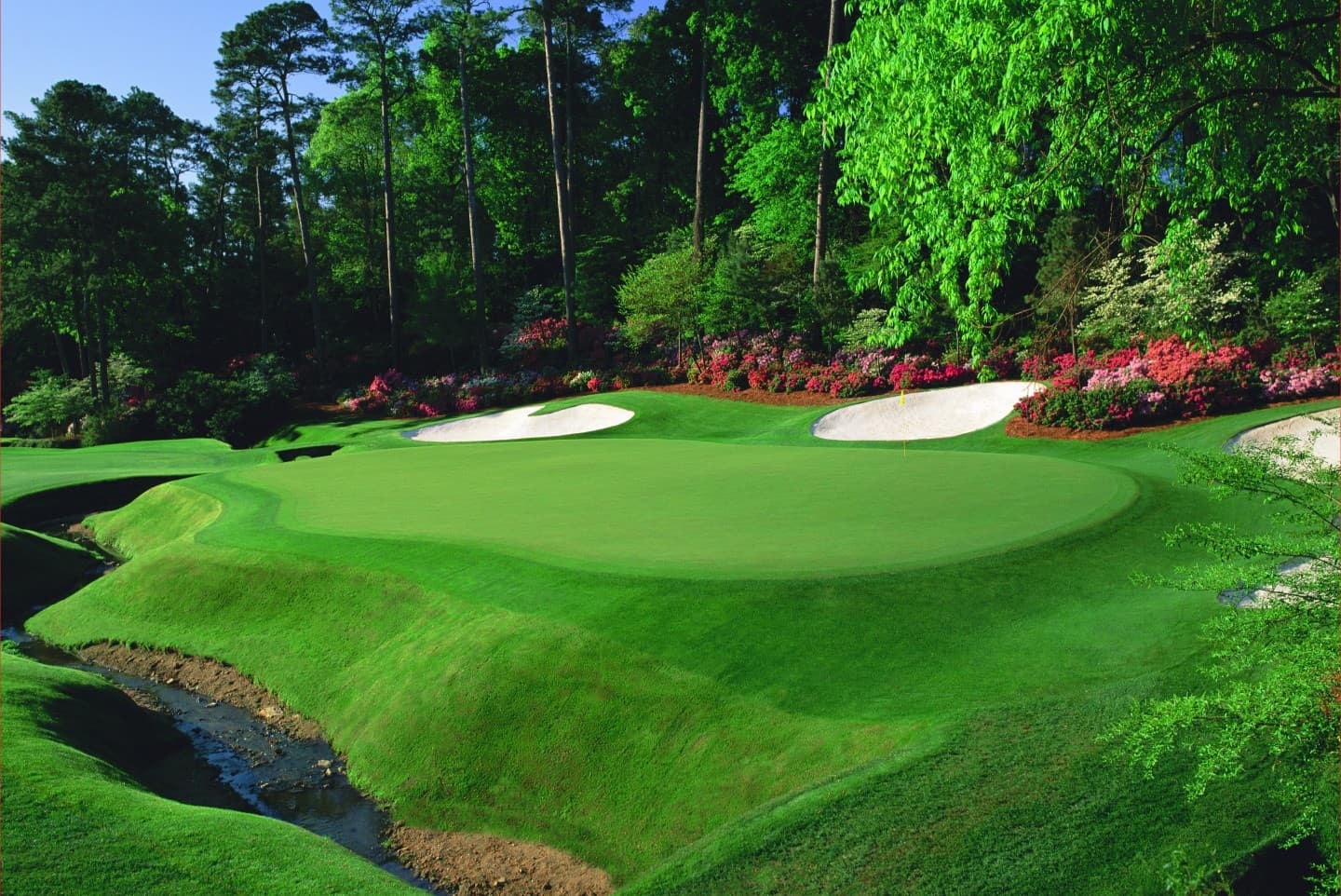

Landscaping Ideas
What Type Of Grass Does Augusta National Use
Published: January 28, 2024
Discover the landscaping ideas behind Augusta National's lush greenery and learn about the type of grass they use for their iconic golf course. Explore the best grass varieties for your own landscaping projects.
(Many of the links in this article redirect to a specific reviewed product. Your purchase of these products through affiliate links helps to generate commission for Storables.com, at no extra cost. Learn more)
Introduction
Welcome to the lush, green expanse of Augusta National Golf Club, a place where the beauty of nature meets the precision of sport. As golf enthusiasts and landscaping aficionados alike marvel at the immaculate fairways and velvety greens of this iconic course, one cannot help but wonder about the secrets behind its verdant splendor. At the heart of this botanical masterpiece lies the carefully selected and meticulously maintained grass, which plays a pivotal role in shaping the playing experience and visual allure of the course.
Augusta National Golf Club, home to the prestigious Masters Tournament, is renowned for its breathtaking landscapes and meticulously manicured turf. The grasses that blanket this hallowed ground are not just a backdrop for the game; they are integral to the strategic and aesthetic essence of the course. In this article, we will embark on a journey to uncover the specific types of grasses that grace Augusta National, delving into their significance, maintenance, and the profound impact they have on the world of golf.
Key Takeaways:
- Augusta National Golf Club uses Tifway 419 Bermuda grass for its fairways and A1/A4 bentgrass for its putting greens, creating a visually stunning and high-quality playing surface for golfers.
- The meticulous care and maintenance of Augusta National’s grass showcase the club’s dedication to excellence, environmental stewardship, and the harmonious union of sport and nature.
Read more: What Type Of Grass Is Used For Soccer Fields
History of Augusta National Golf Club
Before we delve into the intricacies of Augusta National’s grass, it’s essential to appreciate the rich tapestry of history that forms the backdrop of this esteemed institution. Augusta National Golf Club was founded in 1933 by the legendary Bobby Jones, a revered figure in the world of golf. Alongside Clifford Roberts, Jones envisioned a course that would not only challenge the skills of the greatest golfers but also celebrate the natural beauty of the land.
The duo enlisted the expertise of renowned golf course architect Alister MacKenzie to bring their vision to life. The result was a masterpiece that seamlessly integrated undulating terrain, strategically placed hazards, and an abundance of flora, all meticulously woven into the fabric of the course. Over the years, Augusta National has undergone several transformations, with each enhancement carefully preserving the club’s commitment to excellence and reverence for its natural surroundings.
Throughout its storied history, Augusta National has played host to some of the most iconic moments in golf, becoming a symbol of tradition, prestige, and sporting excellence. The annual Masters Tournament, which commenced in 1934, has further solidified Augusta National’s standing as a hallowed ground for golf enthusiasts and players from around the globe.
As we explore the grasses that adorn this revered landscape, it’s important to recognize that their presence is not merely a product of landscaping expertise, but a testament to the enduring legacy of a club that continues to captivate and inspire generations of golf aficionados.
The Importance of Grass in Golf Courses
Grass is the canvas upon which the drama of golf unfolds, and its significance extends far beyond mere aesthetics. In the realm of golf course design and maintenance, the selection and care of grass varieties hold immense importance in shaping the playing experience, influencing strategy, and contributing to the overall allure of the course.
First and foremost, the type of grass used on a golf course profoundly impacts the game itself. Different grass species have varying textures, growth patterns, and resilience, all of which directly influence ball behavior and player tactics. The lush fairways, where precision drives and approach shots land, require grass that provides a consistent playing surface while allowing the ball to sit up for clean strikes. The greens, where the delicate dance of putting unfolds, demand a specialized grass that offers smoothness, true roll, and predictable speed.
Beyond gameplay, the visual appeal of a golf course is inextricably linked to its grassy expanses. The vibrant hues, textures, and patterns of well-maintained turf not only elevate the aesthetic charm of the landscape but also serve as a testament to the meticulous care and attention to detail that define a world-class course. The contrast between the velvety greens, the neatly trimmed fairways, and the rugged natural rough creates a captivating tapestry that enhances the overall experience for players and spectators alike.
Moreover, the environmental impact of golf course grass cannot be overlooked. Well-manicured turf acts as a natural carbon sink, absorbing carbon dioxide and releasing oxygen, thereby contributing to the ecological balance of the surrounding area. Additionally, carefully selected grass varieties can help prevent soil erosion, filter pollutants, and provide habitats for diverse forms of wildlife, further enriching the ecological value of the golf course.
Ultimately, the grasses that adorn a golf course are not merely elements of landscaping; they are integral components that shape the very essence of the game, elevate the visual splendor of the surroundings, and contribute to the ecological harmony of the environment. As we turn our attention to Augusta National’s revered turf, we begin to unravel the intricate tapestry of grass varieties that form the foundation of this legendary course.
Augusta National uses a type of grass called “bermudagrass” on its fairways and roughs, and “bentgrass” on its greens. Bermuda grass is known for its durability and ability to withstand heavy foot traffic, while bentgrass provides a smooth and fast putting surface.
The Grasses Used at Augusta National
Augusta National Golf Club boasts a meticulously curated selection of grass varieties, each chosen for its specific attributes and contribution to the overall playing experience and visual splendor of the course. The careful consideration given to the grasses at Augusta National reflects the club’s unwavering commitment to excellence and its enduring pursuit of creating a golfing paradise unlike any other.
One of the most prominent grass species adorning the fairways of Augusta National is the revered “Tifway 419” Bermuda grass. Renowned for its dense, resilient nature and vibrant green hue, this warm-season grass thrives in the temperate climate of the southeastern United States. Its ability to withstand heavy foot traffic and recover swiftly from wear makes it an ideal choice for the high-traffic areas of the course, ensuring that the fairways retain their impeccable appearance and playing quality throughout the golfing season.
When it comes to the putting greens, Augusta National embraces the exquisite “A1/A4” bentgrass, known for its fine texture, exceptional density, and unparalleled putting surface quality. This cool-season grass variety flourishes in the transitional climate of the region, allowing the greens to maintain their velvety smoothness and consistent speed, essential for the delicate art of putting that defines the game at the highest level.
Furthermore, the roughs at Augusta National feature a blend of grasses carefully selected to provide both visual appeal and strategic challenge. The roughs are adorned with a mix of Kentucky bluegrass and ryegrass, creating a visually striking contrast to the meticulously manicured fairways while presenting a formidable challenge to players seeking to navigate their ball back into play.
Each of these grass varieties at Augusta National has been meticulously chosen to harmonize with the natural landscape, endure the rigors of tournament play, and contribute to the strategic and aesthetic tapestry of the course. The interplay of these grasses creates a visual symphony that captivates the senses and sets the stage for the compelling drama that unfolds during the Masters Tournament, solidifying Augusta National’s status as a botanical masterpiece intertwined with the spirit of the game.
Maintenance and Care of Augusta National’s Grass
The pristine allure of Augusta National’s verdant expanses is not merely a result of nature’s benevolence, but a testament to the unwavering dedication and expertise of the club’s groundskeeping team. The meticulous maintenance and care bestowed upon the grass at Augusta National are essential pillars upholding the club’s commitment to providing an unparalleled golfing experience and preserving the timeless beauty of the course.
Central to the maintenance regimen is the precise art of mowing, a task that demands a delicate balance between precision and finesse. The fairways, meticulously trimmed to a specific height, showcase the artistry of the groundskeepers, who meticulously sculpt the turf to provide a consistent playing surface that complements the strategic nuances of the course. Similarly, the greens receive unparalleled attention, with the turf meticulously groomed to ensure a smooth, uniform, and lightning-fast putting surface that challenges the world’s best golfers.
Fertilization and irrigation play pivotal roles in nurturing Augusta National’s grass to its peak condition. The application of specialized fertilizers tailored to the unique needs of each grass variety ensures optimal health, vibrant color, and resilience, while the precise management of irrigation sustains the lushness and playability of the turf, even during the sweltering heat of tournament play.
The groundskeepers at Augusta National are also adept at employing cutting-edge techniques to combat potential threats to the grass, such as pests, diseases, and inclement weather. Their vigilance and expertise in identifying and mitigating these challenges are crucial in preserving the pristine quality of the turf and upholding the club’s exacting standards.
Beyond the technical aspects of maintenance, the groundskeeping team at Augusta National approaches their craft with an unwavering passion and reverence for the natural splendor of the landscape. Their dedication is not merely a profession but a labor of love, as they meticulously tend to every blade of grass, ensuring that the course remains a living testament to the harmonious union of sport and nature.
The meticulous care and attention lavished upon Augusta National’s grass not only exemplify the club’s unwavering pursuit of perfection but also serve as a testament to the enduring legacy of a place where the art of golf and the artistry of nature converge in perfect harmony.
Conclusion
As we conclude our exploration of the grasses adorning the hallowed grounds of Augusta National Golf Club, we are left with a profound appreciation for the intricate tapestry of nature that underpins the timeless allure of this iconic course. The meticulous selection, care, and maintenance of the grass at Augusta National stand as a testament to the club’s unwavering commitment to excellence and its reverence for the symbiotic relationship between golf and the natural world.
From the lush fairways adorned with resilient Bermuda grass to the velvety greens cloaked in the finest bentgrass, every blade of grass at Augusta National serves as a testament to the club’s pursuit of perfection and its dedication to providing a stage where the world’s greatest golfers can showcase their skill amidst a botanical masterpiece.
Moreover, the significance of the grass at Augusta National extends beyond the confines of the course, embodying a harmonious blend of environmental stewardship, strategic design, and visual splendor. The meticulous care bestowed upon the turf not only elevates the playing experience but also contributes to the ecological balance of the surrounding landscape, underscoring the club’s commitment to preserving and celebrating the natural world.
As the Masters Tournament unfolds amidst the meticulously manicured grasses of Augusta National, the world is treated to a spectacle that transcends sport—a celebration of tradition, excellence, and the enduring beauty of nature. The interplay of grass varieties, meticulously tended to with unwavering passion and expertise, sets the stage for the compelling drama that unfolds, captivating the hearts and minds of golf enthusiasts worldwide.
In the end, Augusta National stands as a testament to the transformative power of nature, where the art of golf converges with the artistry of the landscape, creating an enduring legacy that resonates far beyond the confines of the course. The grasses of Augusta National are not merely elements of landscaping; they are living testaments to the timeless union of sport and nature, perpetuating a legacy that will continue to inspire and captivate for generations to come.
Frequently Asked Questions about What Type Of Grass Does Augusta National Use
Was this page helpful?
At Storables.com, we guarantee accurate and reliable information. Our content, validated by Expert Board Contributors, is crafted following stringent Editorial Policies. We're committed to providing you with well-researched, expert-backed insights for all your informational needs.
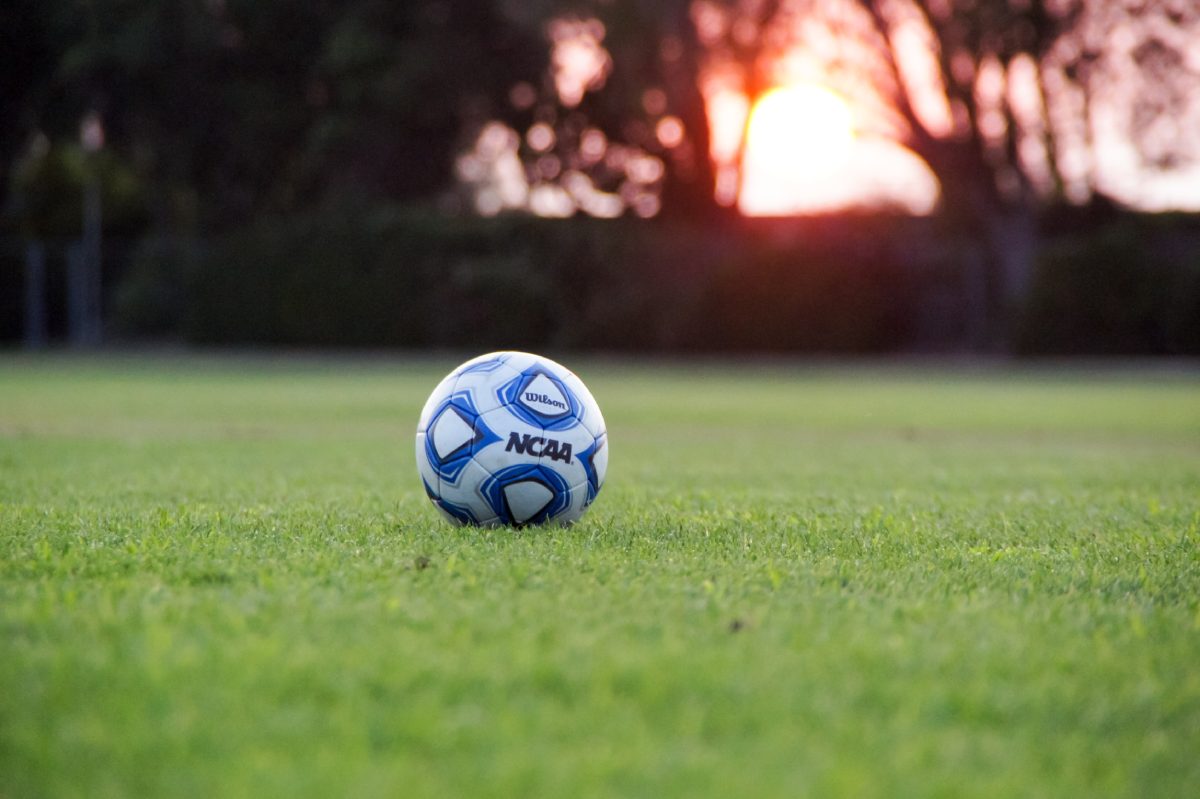
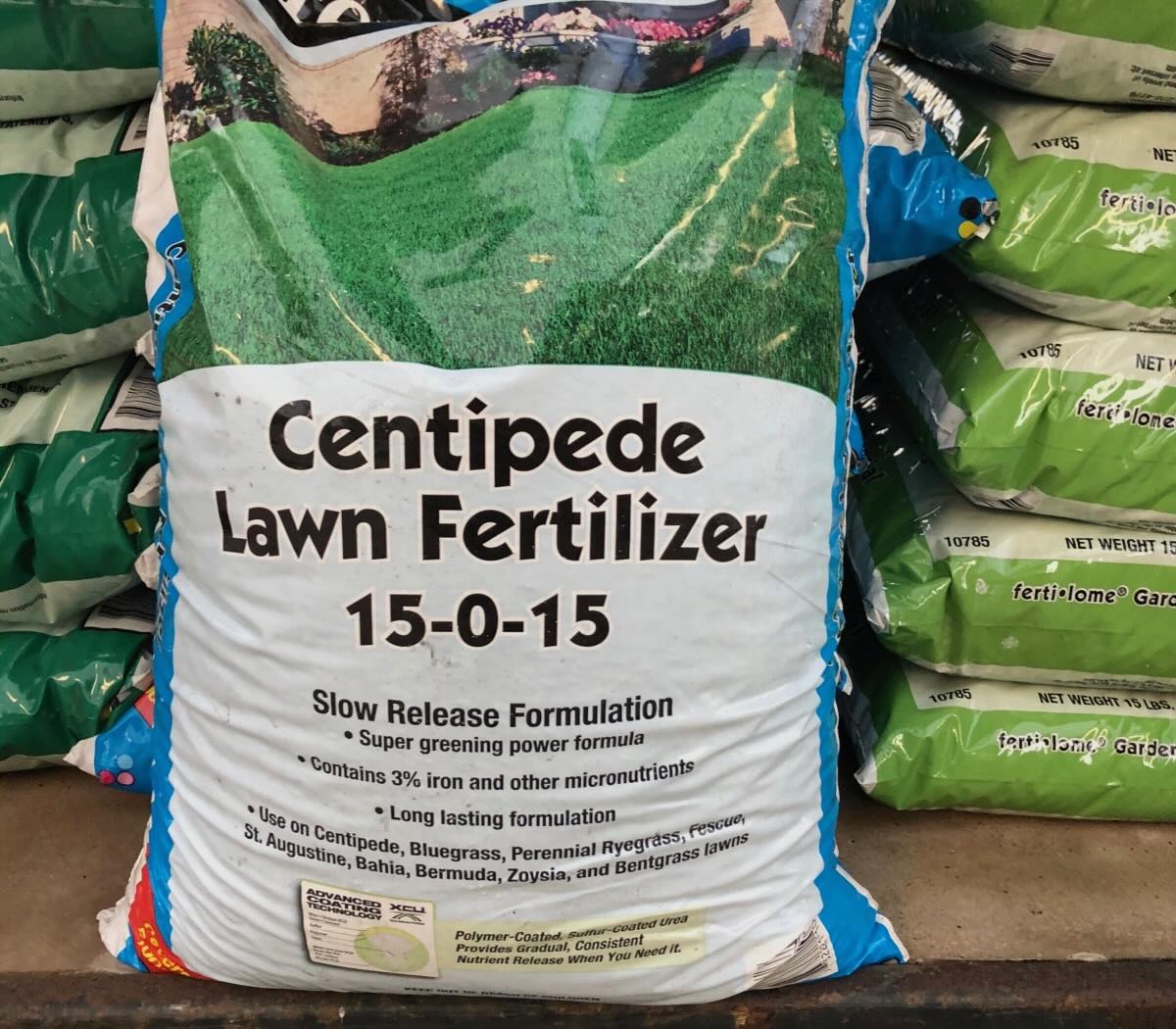
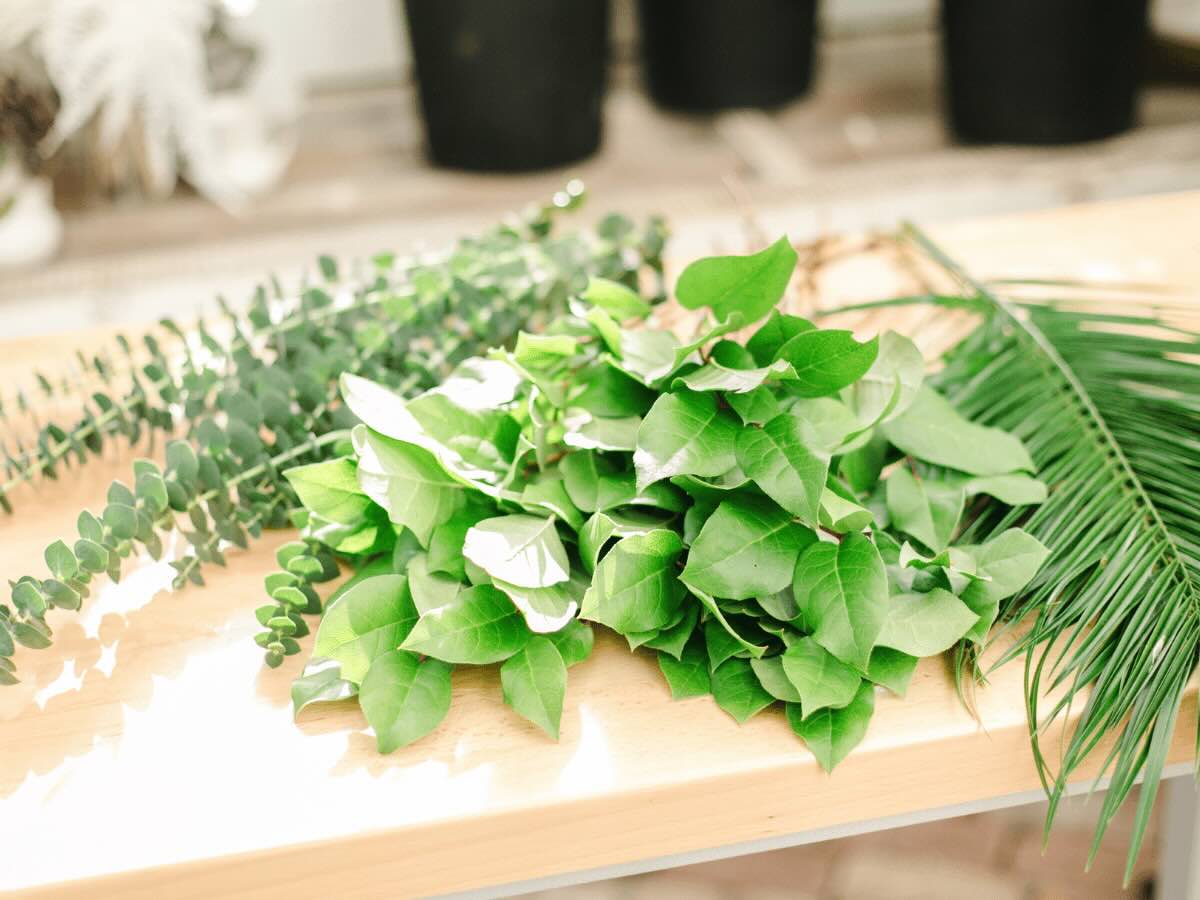






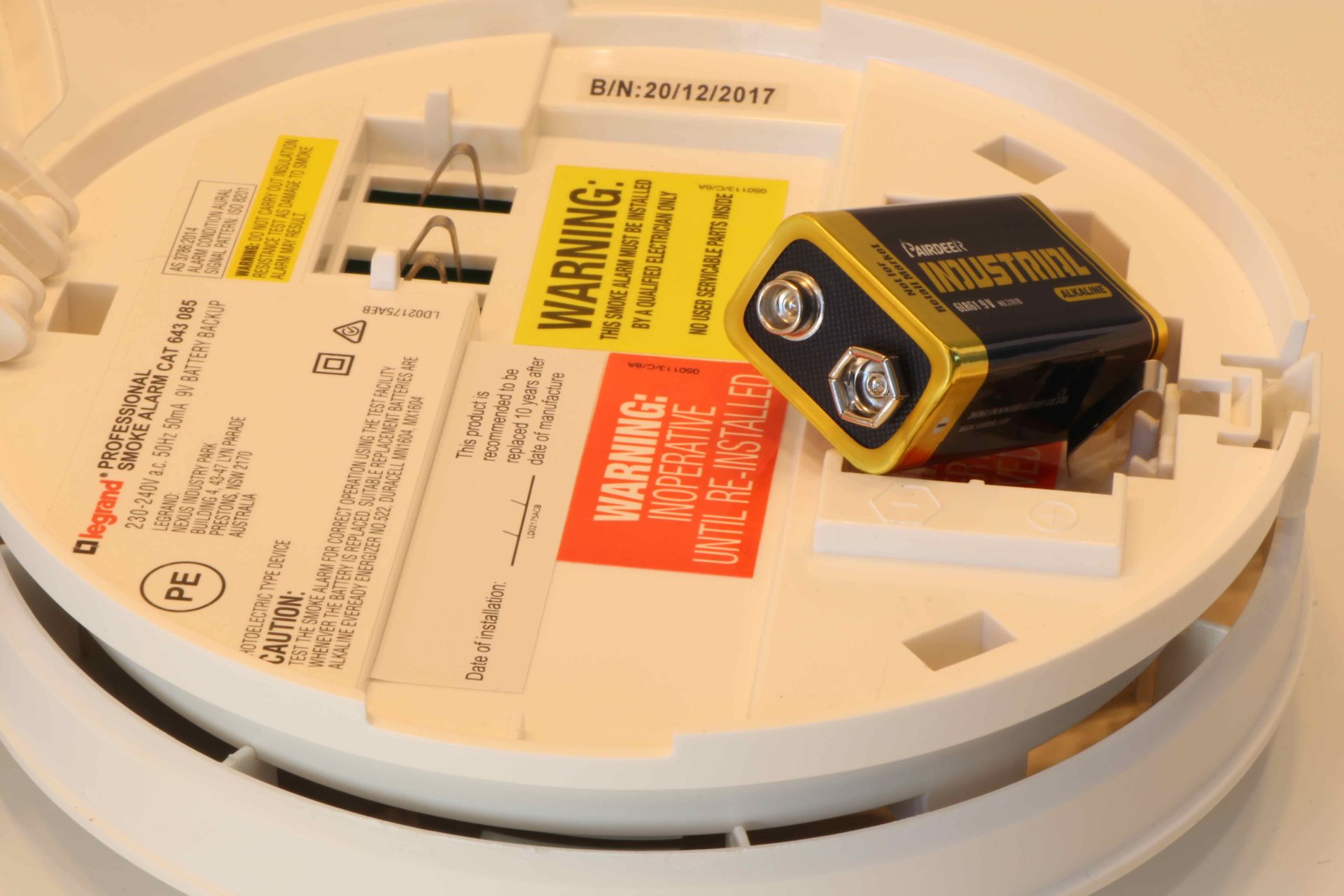


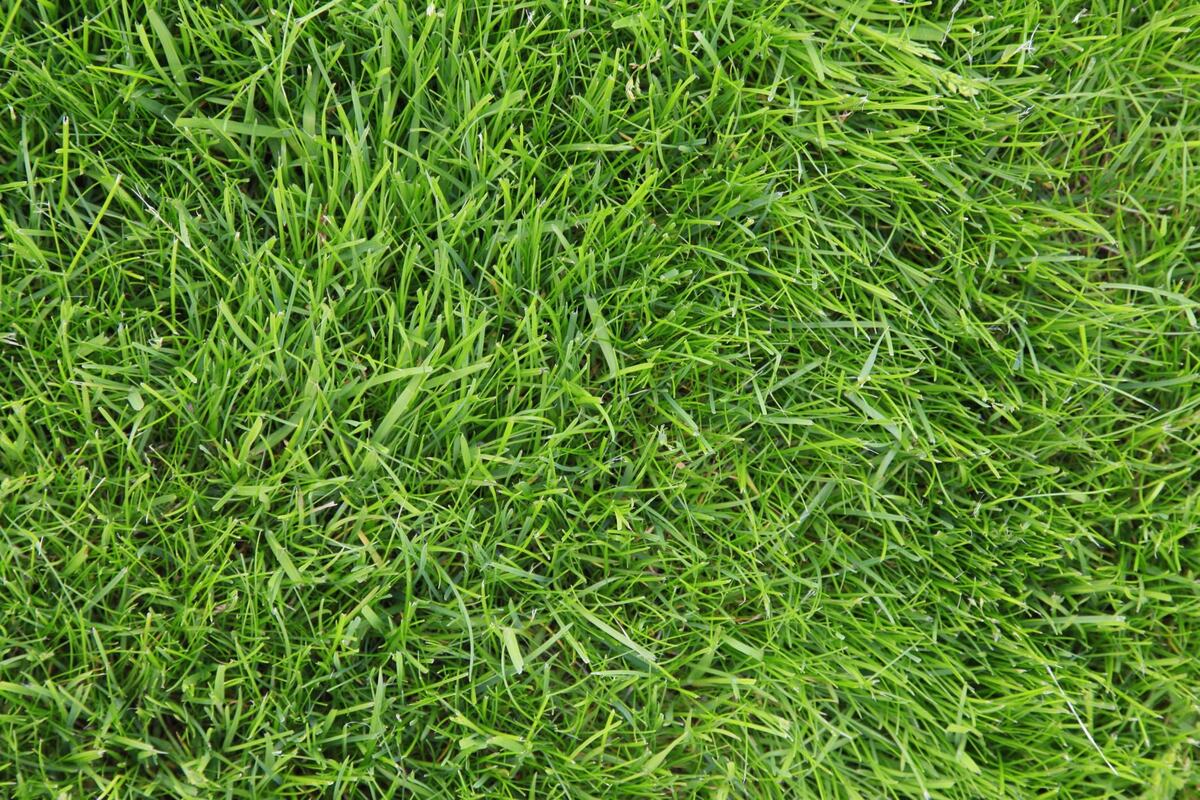


0 thoughts on “What Type Of Grass Does Augusta National Use”